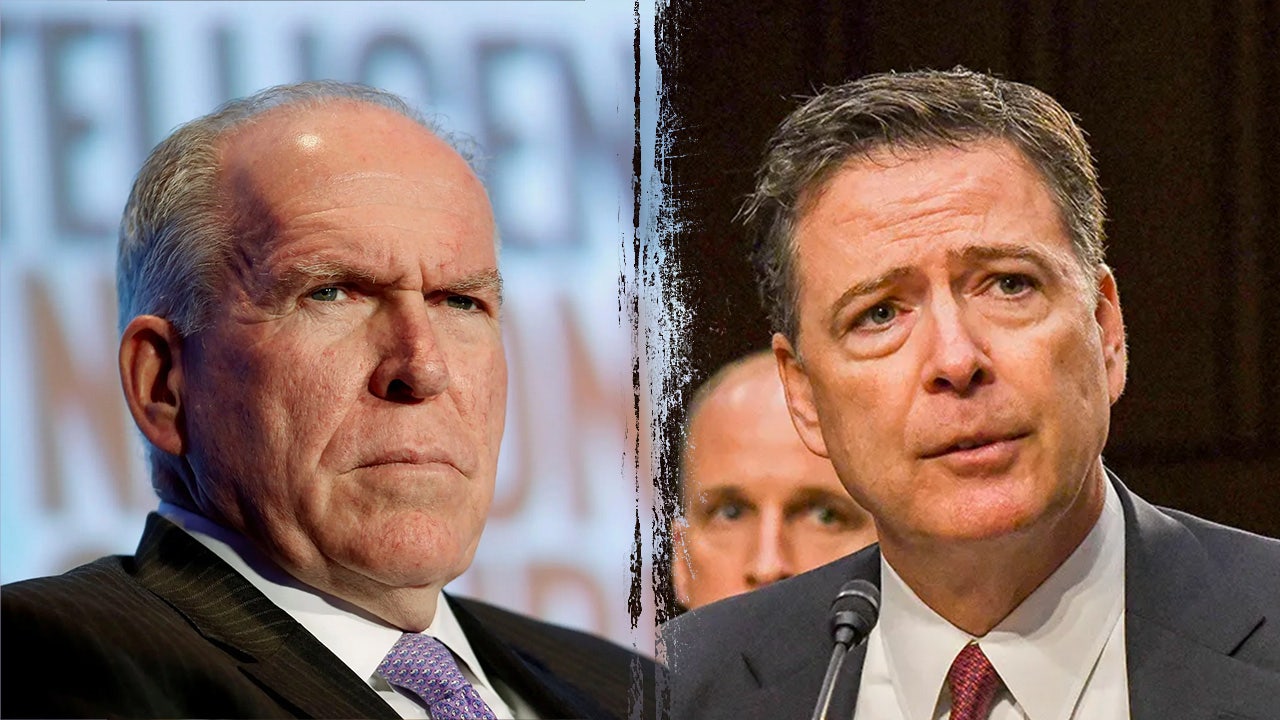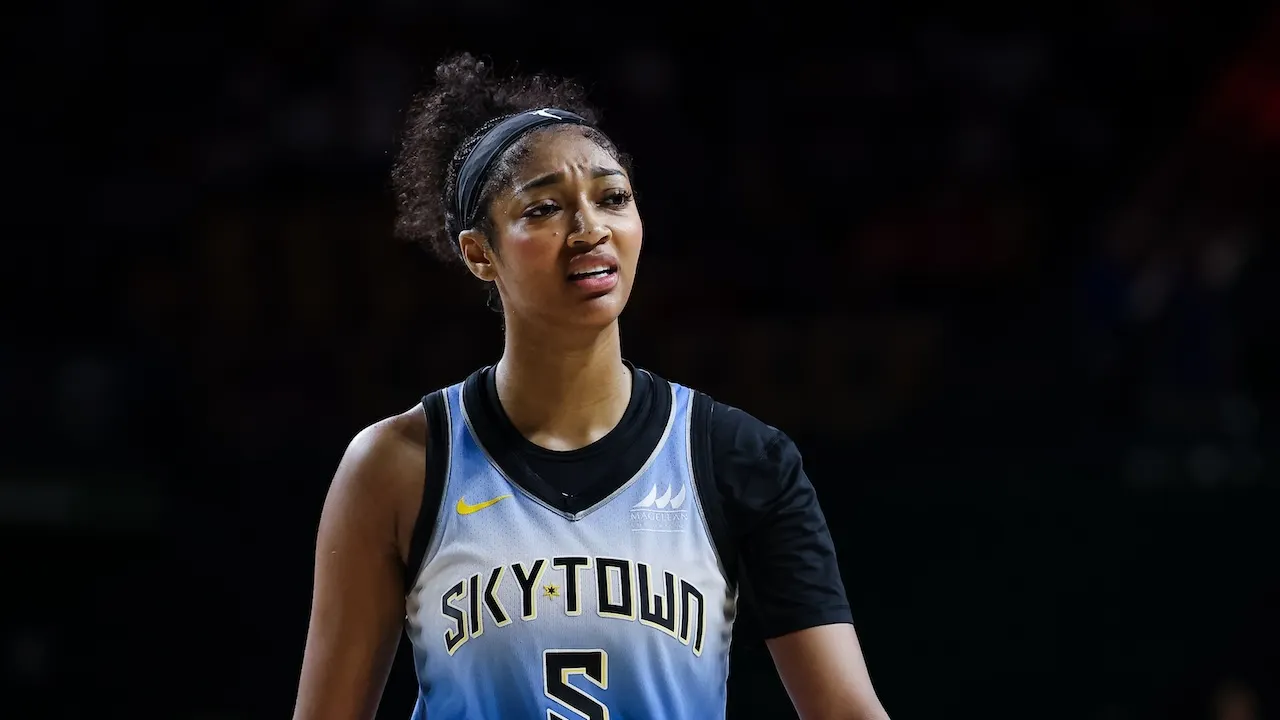The hateful eight?
The US Food and Drug Administration announced a plan Tuesday to phase out eight petroleum-based synthetic food dyes from America’s food supply in the coming months.
“Food dye is just a no-brainer. Nobody wants to eat petroleum. Everybody knows there’s enough science out there that we know it’s terrible for you. It causes health problems but also behavioral problems,” Health and Human Services Secretary Robert F. Kennedy Jr. said at a Tuesday news conference.
The FDA already banned the dye known as Red No. 3 in January after it was shown to cause cancer in lab rats. A deadline was set to remove Red No. 3 from food by January 2027 and from medications by January 2028.
FDA commissioner Dr. Martin Makary said the agency is requesting food companies remove Red No. 3 sooner than these deadlines. Kennedy has long targeted artificial dyes found in candy, cereals, sports drinks and processed snacks.
The FDA plans to revoke authorization for two synthetic food colorings — Citrus Red No. 2 and Orange B — in the coming months. The other six would be removed from the food supply by the end of 2026.
Here’s a look at the health concerns surrounding the eight artificial dyes on the chopping block.
Blue 1
Also known as Brilliant Blue FCF, Blue 1 is derived from petroleum to give foods such as M&Ms and Takis a blue hue.
An unpublished study on mice suggested a potential link between Blue 1 and kidney tumors, according to the Center for Science in the Public Interest.
The nonprofit watchdog has been calling for more Blue 1 testing, as a preliminary test tube study raised questions about its possible effects on nerve cells.
Blue 2
Blue 2, also known as indigo carmine or indigotine, mimics the color and properties of plant-based indigo dye in products like Skittles and blueberry Pop-Tarts.
Research indicates a higher occurrence of certain tumors, particularly brain gliomas, in male rats exposed to Blue 2.
“Blue No. 2 cannot be considered safe for human consumption,” researchers from Poland wrote in a 2021 study.
Citrus Red No. 2
It’s used to color the peels of oranges, particularly those grown in Florida, that are not intended for processing.
Citrus Red No. 2 is not allowed on the edible parts of oranges — like the pulp or flesh — and it’s banned for citrus grown in California and Arizona. It can cause cancer in rats and mice.
Green 3
The artificial green dye, called Fast Green FCF, is produced through chemical synthesis. It’s not as widely used as the other food dyes, but it can be found in processed foods like canned peas and sherbet.
Banned in Europe, the additive has been linked to a significant increase in bladder tumors in rats.
Orange B
The color additive is only permitted for use in hot dog and sausage casings. In high doses, it can damage the liver and bile duct.
Red dye 40
Red 40, aka Allura Red AC, gives red color to products like Kool-Aid, Starburst and NyQuil.
Studies suggest that the dye may increase hyperactivity and irritability in children, especially if they have ADHD, and trigger allergic reactions in others.
Yellow No. 5
Commonly known as tartrazine, Yellow No. 5 can be found in brightly colored sodas like Mountain Dew and processed snacks like Twinkies.
Some research has warned that it can damage DNA, cause inflammation and increase hyperactivity in children. It is known to cause allergic reactions.
Yellow No. 6
Yellow No. 6, or Sunset Yellow FCF, imparts a vibrant yellow-orange hue to Airheads, Jolly Ranchers, Lucky Charms and other processed foods.
It can be contaminated with the carcinogen benzidine during the manufacturing process. Studies have linked Yellow No. 6 to neurobehavioral issues in children as well as allergic reactions.
Read the full article here
















